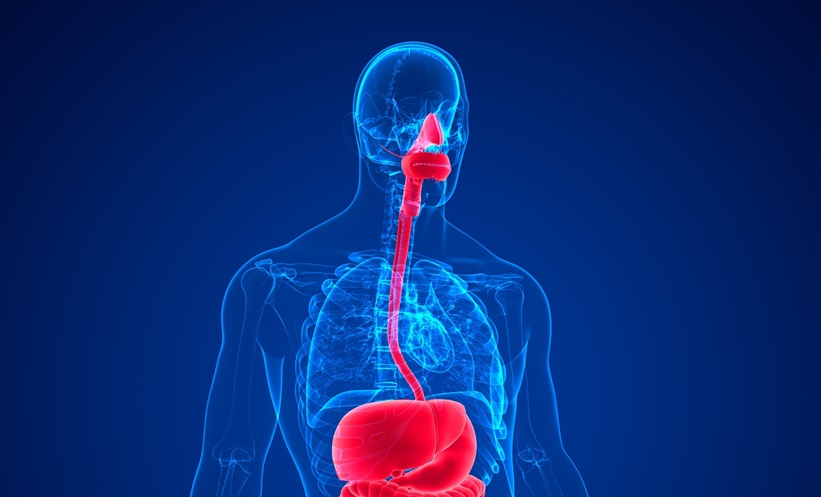INDIVIDUALS with upper gastrointestinal mucosal damage (MD) may be at an increased risk of developing Parkinson’s disease (PD) later in life, according to recent research. The cohort study found that patients with signs of MD observed during an upper endoscopy were 76% more likely to be diagnosed with PD than those without such damage.
The research, conducted within the Mass General Brigham system in Boston, Massachusetts, USA, evaluated 9,350 patients with no prior history of PD (mean age: 52 years; 55.4% male, 73.7% White, 7.9% Black, 2.9% Asian) who underwent endoscopy between 2000–2005, mostly between the ages of 50–64 years. Patients with MD were matched 1:3 to patients without MD based on age, sex, and date of initial endoscopy.
The follow-up assessments continued through July 2023, focusing on whether findings of MD, including conditions such as erosions, ulcers, esophagitis, and peptic injury, could be linked to an increased risk of PD. Those with a history of MD were more likely to have previously experienced Helicobacter pylori infection, chronic use of proton-pump inhibitors, nonsteroidal anti-inflammatory drugs, smoking, and gastrointestinal conditions like gastroesophageal reflux disease, dysphagia, and constipation.
During an average follow-up period of nearly 15 years, patients with signs of MD observed during an upper endoscopy were 76% more likely to be diagnosed with PD than those without MD, even after adjusting for other health variables (95% CI: 1.11–2.51; P=0.01). The study also found that older age, constipation, dysphagia, and higher Charlson–Deyo Comorbidity Index were associated with higher PD risk.
These findings add to the growing body of research supporting the ‘gut-first’ hypothesis of PD, which suggests that gastrointestinal issues may play a role in the development of this neurodegenerative disorder. The authors recommend that patients with MD should be monitored more closely for early signs of PD.
Ada Enesco, EMJ
Reference
Chang JJ et al. Upper gastrointestinal mucosal damage and subsequent risk of Parkinson disease. JAMA Netw Open. 2024;7(9):e2431949.








